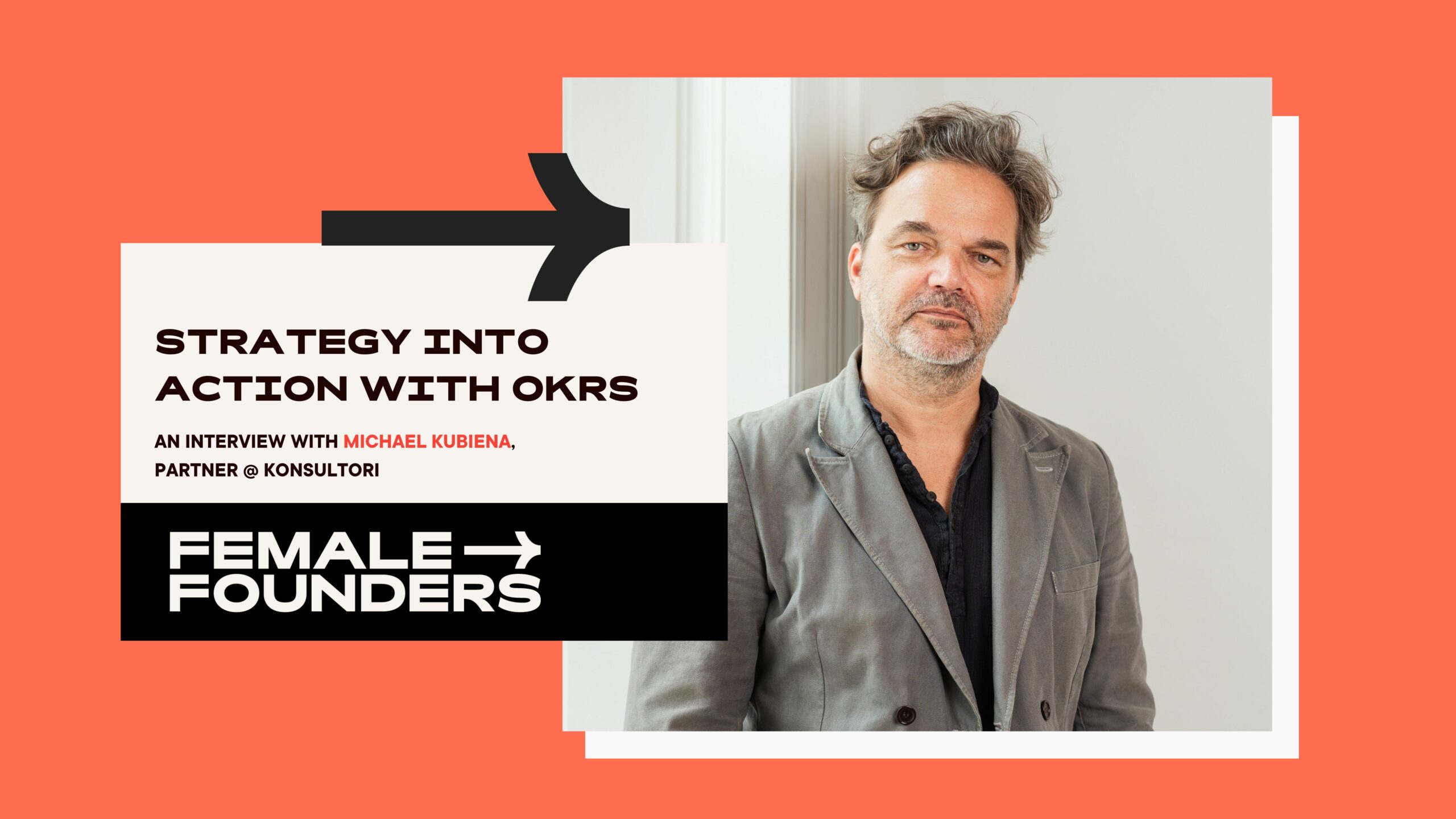You have just finished a workshop with start-ups on OKRs. Do you feel that this tool will help them become a better leader?
It was an enjoyable workshop with many good questions and comments coming from the participants. The WS is an initial impulse, which hopefully showed the many potential benefits of introducing and working with OKRs.
OKRs are first and foremost a leadership tool. So, if the WS manages to make participants think about and reflect on their leadership role, then one objective is achieved. It also helps to demystify the OKR topic and gives attendees the confidence to try it.
Alongside the many positive results, many business managers struggle with OKRs. What is a common mistake?
Implementing OKRs is a bit of a journey. If business owners have the ambition to do it perfectly the first time, they will be disappointed. But if they see it as a learning process and start in a very simple, pragmatic way then it doesn’t need to be a struggle. It can be very engaging and empowering.
Another mistake is that people are often urged to make every goal or key result quantifiable, but I don’t think that is necessary. I believe that qualitative goals and key results – if they are well thought out and discussed at eye level – can work not only as well but even better than purely numerical goals.
A further struggle might be that leaders have not thought enough about their leadership role and the kind of leader they want to be. OKRs encourage a very participative style of leadership, also called shared leadership. And this is something to strive for.
What is important is that something like the new OKRs, which are a powerful tool, require ownership. Someone in the organization, ideally at the top, must take ownership of the process and drive it. It can be the founder, the CEO, or the HR department), but it needs commitment from the top. It needs ownership.
Which business sector could particularly benefit from the use of OKRs?
I have helped to introduce OKRs in both, start-ups and medium-sized companies and believe that company size does not impact their effectiveness. But OKRs are particularly well suited for the start-up world, which is very dynamic and more vibrant than other industries.
On the other hand, they are helpful for any company dealing with a fast-changing environment. This tool emphasizes collaboration for achieving complex goals while avoiding silo-thinking.
How should OKRs be introduced in companies? What are the first three steps you recommend?
The great thing about OKRs is that organizations, leaders and their teams can make it their own. But in essence, the first three steps should be as follows:
1. The very first step is for the founders and leaders of the organization to commit to implementing OKRs and clearly communicate their intent to the organization. If there is such a thing as a strategy, whether explicit or implicit, that is the starting point since OKRs help put the strategy into action.
2. This commitment needs to be followed by concrete measures in a kick-off workshop. The leadership or co-founder team articulate and present the strategy and begin to derive priorities in a collaborative process with the team. The working teams identify their most important goals and key outcomes. Everything must be very transparent and visible throughout the organization so that people can understand where there are shared responsibilities and where their very contribution and ownership are required.
3. Step #3 is the first of a series (I recommend quarterly) of brief review workshops. There key results and thus progress towards the agreed objectives are presented and discussed and, if need be, complimentary or corrective actions are agreed. These meetings are not there to put blame on anybody if something had gone wrong but to identify what needs to be done in order to achieve objectives together. Yes, it is about accountability (but not blame), collaboration and participation.
Let me give you an example:
When it comes to innovation or sustainability-related objectives, these cannot be the responsibility of one function or one key player alone. They must be supported by all parts of the organization.
Should we include DEI targets in the company’s OKRs?
A big YES from me. If a company takes a step to take DEI seriously, it should find its place in the company’s strategy and priorities. To ensure that diversity, equity, and inclusion (DEI) are prioritized, it is important to include DEI-related objectives and key results as part of the OKRs process.
If it is a new issue for the organization (and for many it is), I think it is equally important to formulate and agree on goals around this issue.
It won’t be enough to include some nice words in your corporate values, mission, or purpose. The commitment to DEI needs to be translated into tangible actions, which is where strategy and OKRs come in; otherwise, it won’t fly!
I believe it is crucial to set specific goals and take concrete actions when addressing this issue.

Michael Kubiena
Partner, Konsultori

